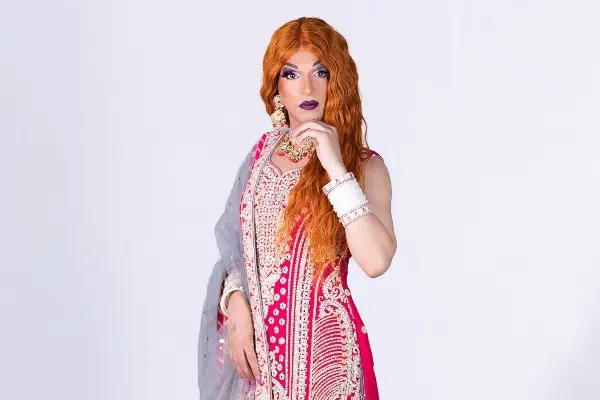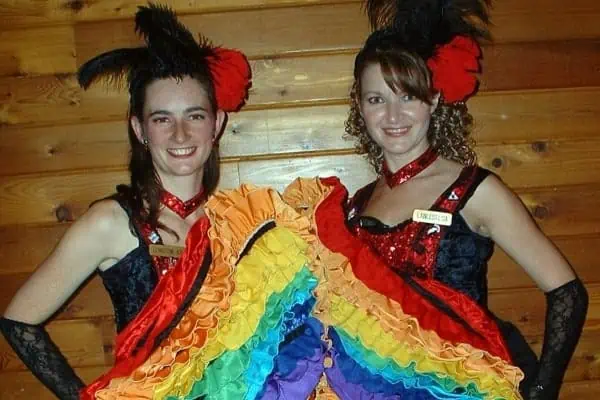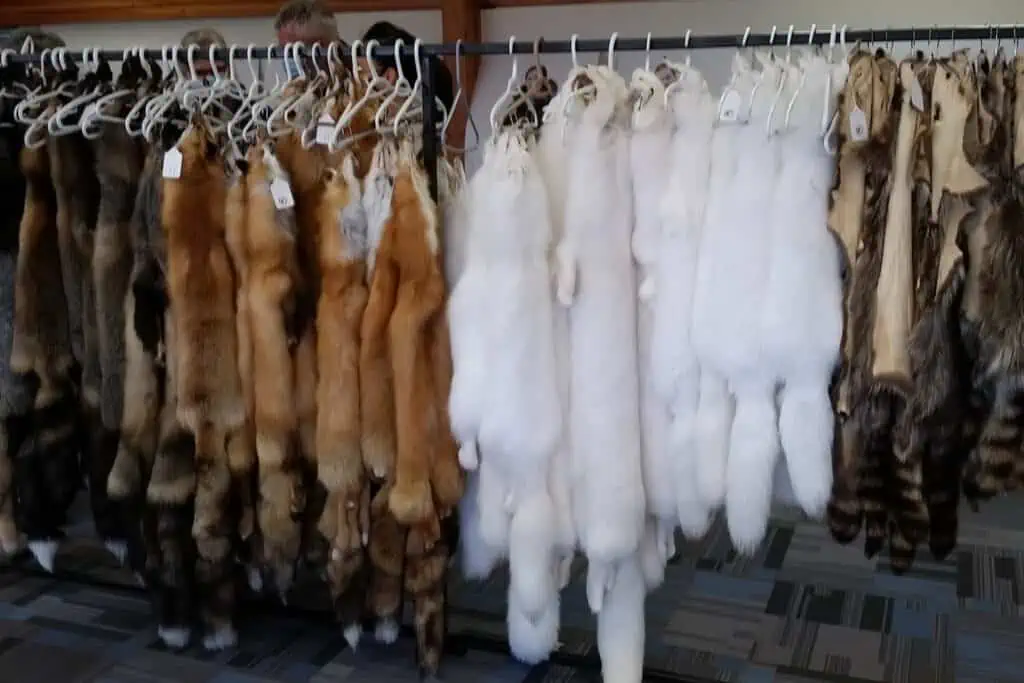The Yukon Sourdough Rendezvous began in 1945. The prime feature of the festival was the colourful dog races made up of working dogs owned by trappers, the village priest or the RCMP.
Held on the Yukon River (yes, kiddies, the river froze) against the background of the picturesque sternwheelers, it was a scene of pure northerness.
Another big attraction was the opportunity for the spectators to wear their fur-trimmed Yukon Parkas, mukluks, mitts or hats — wearable art that supported a buoyant handicraft industry.
The plentiful and beautiful Yukon furs reflected a healthy, vigorous lifestyle, a seasonal reliable income and a renewable resource.
Another plus was the “organic” food derived from the vegetarian squirrels, muskrat, beaver and gophers. Indeed this income was formidable:
Best harvest was 1950-51 with 228,580 total pelts for the year (now about 5,000).
And 1928 was a popular fur year: fox at $620 in today’s dollars, while today’s price is about $37; muskrat $12, today $3.70; and beaver $298, today $29.
Squirrels (Yukon Best) became popular for lining, vests and trim. It was a boom year in 1964 when 43,472 were harvested at $2.75. They are still popular in England for lining raincoats.
The Whitehorse pioneer store, Taylor and Drury, operated 16 trading posts, bringing merchandise to lonely outposts and expertly buying furs. The town depended on this economy especially during the lean years of 1918 to 1941 when the population dipped to 350.
This wonderful lifestyle was over for many trappers for several factors: the foreign anti-fur lobby, the flooding of the market with ranch mink as well as change of fashions from 1985 to 1991.
Fur became an embarrassment, thanks to the anti-fur campaign. It became trendy to have granny’s beautiful coat cut up into teddy bears, ending their days decorating backs of couches, and left to gaze apologetically at critical eyes.
Regrettably, that beauty and colour of the Rendezvous has faded away. The world chose fake fur as a “noble” substitute. Now just how long will that stuff and other apparel from unnatural material, made in cruel offshore factories, last in our landfills?
Leaving fur unharvested can produce an overpopulation, with desperate coyotes and foxes in our urban areas picking off fluffy for their “pet luck dinner”.
Could our leaders perhaps help make the revival by seeing the premier wear a handsome muskrat hat, the commissioner a soft squirrel vest and the mayor a pair of beaver mukluks decorated with a beaded “Whitehorse” on each leg?
Let’s put fur back into the Rendezvous.
This submission may be printed in the Yukon Sourdough Rendezvous Festival Program as part of the Legends of the Klondike series.




